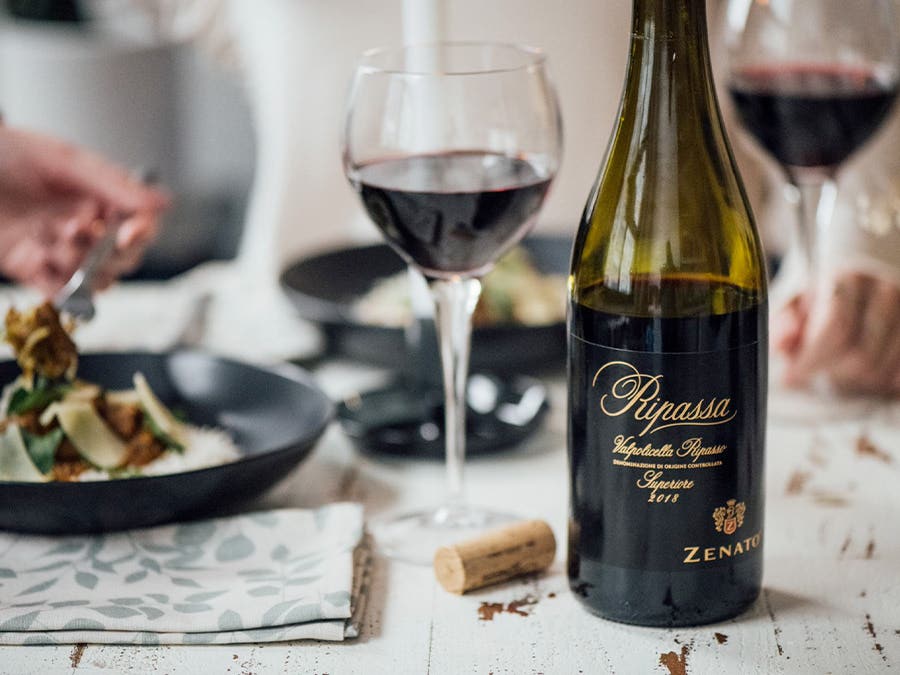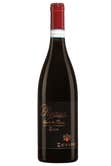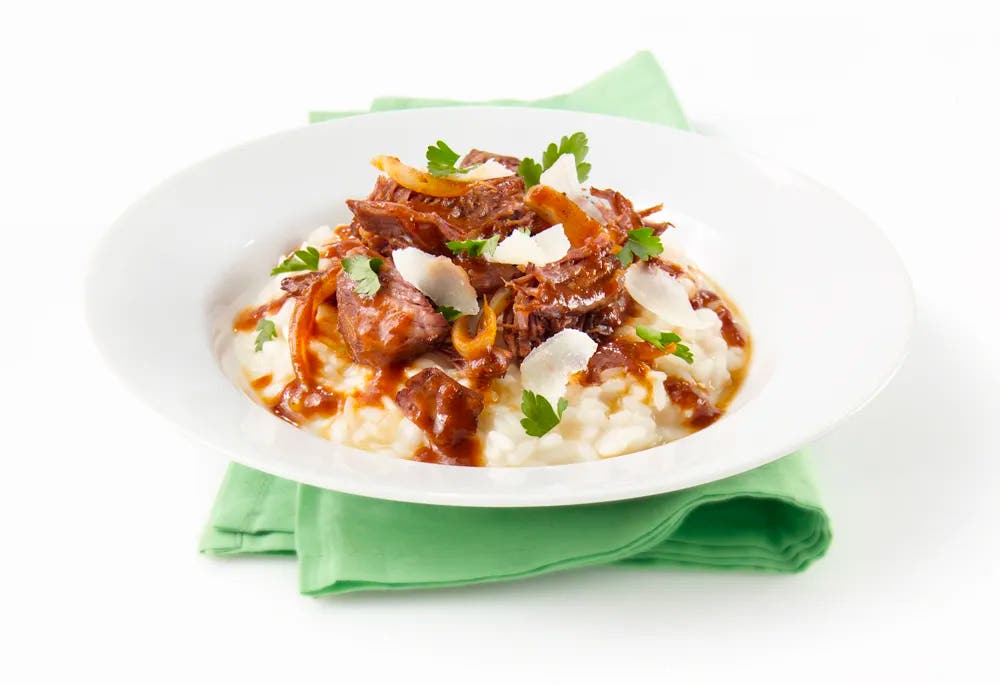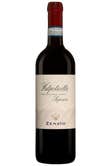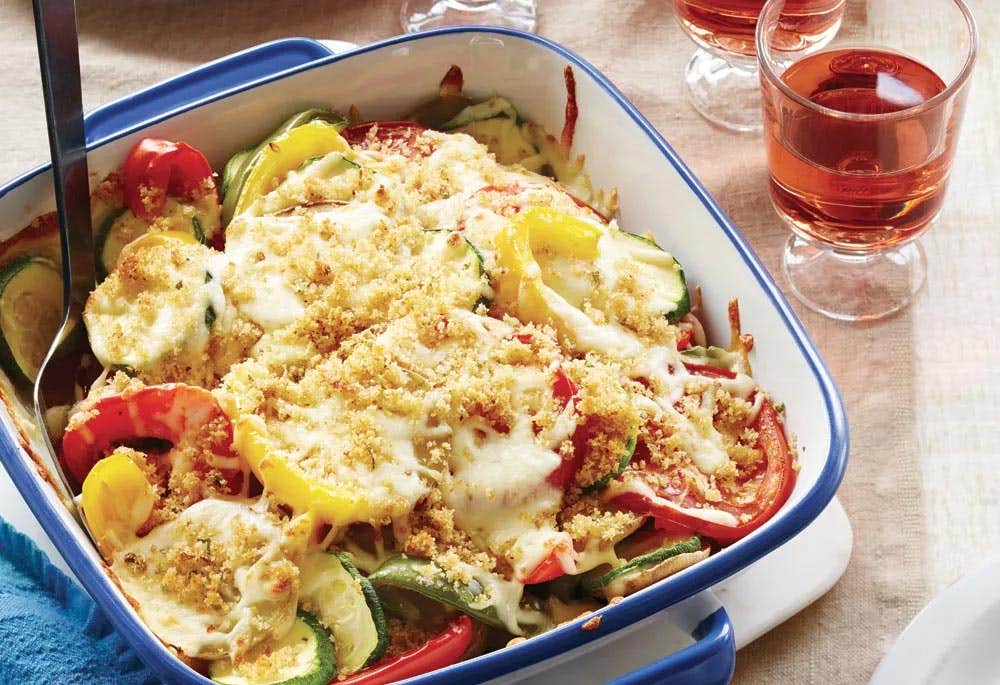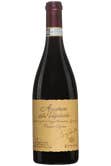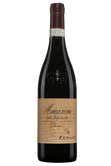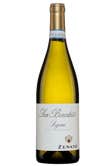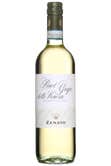

The story of Zenato began in 1960 in San Benedetto di Lugana, south of Lake Garda. Its founder, Sergio Zenato, was convinced that the region's wines deserved as much attention as its spectacular landscape. Behind the breathtaking scenery of the lake lies a rich culinary and wine heritage that the family has helped to promote. The family business then expanded to the neighbouring Valpolicella, where the same principles of valuing local grape varieties and traditions are applied.
The story of Zenato began in 1960 in San Benedetto di Lugana, south of Lake Garda. Its founder, Sergio Zenato, was convinced that the region's wines deserved as much attention as its spectacular landscape. Behind the breathtaking scenery of the lake lies a rich culinary and wine heritage that the family has helped to promote. The family business then expanded to the neighbouring Valpolicella, where the same principles of valuing local grape varieties and traditions are applied.
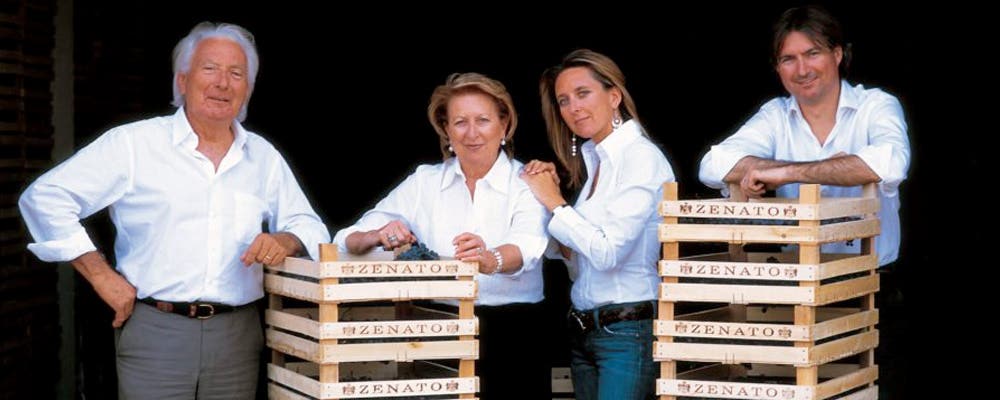

Sergio Zenato with his wife Carla and children Nadia and Alberto.
Tenuta Santa Cristina, the soul of Lugana
It was at Tenuta Santa Cristina that Sergio Zenato discovered the potential of Lugana wines. The estate is located in Peschiera, very close to the Mincio, the river that forms the border between Lombardy and Veneto and feeds the Po. Despite the proximity of the Alps, the weather is very mild. The climate is so pleasant that olive and lemon trees, which are rather rare at this latitude, are also grown here. It is in the south of the lake, around the peninsula dominated by the fortifications of Sirmione, that the wines of the DOC (Denominazione di origine controllata) Lugana are produced. Made mainly from the Trebbiano di Lugana grape variety, the wines are fresh and delicate.
They can be enjoyed as aperitifs, with primi piatti or vegetarian dishes. The locals are also used to serving them with recipes that highlight the resources of Lake Garda: trout, whitefish, carp or even perch.
Don't hesitate to suggest Lugana wines to accompany your freshwater trophies! In addition to its favourable weather and ideal geology for growing trebbiano, the vineyard offers a spectacular view with the Alps in the background reflected in the bright blue water. Some of the most beautiful views of this unique setting can be found here.
Tenuta Costalunga, the heart of Valpolicella
On the eastern side of Lake Garda, a few kilometres from the shore, lie the hills of Valpolicella. This is where Tenuta Costalunga, another Zenato family estate, is located. It is a model vineyard where modern viticultural techniques are used in conjunction with traditional local wines. The Lugana and Valpolicella appellation areas, although close, have very different traditions. In Valpolicella, red wines are produced mainly from the local Corvina, Corvinone, Rondinella and Oseleta grapes, with characteristic cherry flavours and attractive floral notes.
The proximity of the lake limits the thermal amplitude, so the grapes can ripen slowly and retain an exemplary freshness. The wines of Valpolicella are prized precisely for their lively, youthful character. But the production area also has a centuries-old tradition of drying the grapes to concentrate the sugars. This technique produces wines with unique profiles such as the Recioto della Valpolicella or the remarkable Amarone della Valpolicella.
Amarone, an unmistakable wine
This technique of drying the grapes, called appassimento, is carried out in specially equipped rooms where the temperature and humidity are carefully controlled. To produce Amarone, these sugar-concentrated grapes are pressed and then the must is subjected to long fermentations to allow all the sugars to be transformed into alcohol. The resulting wine is rich, deep and completely dry. It is also distinguished by notes of cooked fruit, spices and roasted flavours.
Ripassa, the little sibling of Amarone
Once the grapes used to make Amarone have been pressed, another local tradition takes over: the Ripasso. This consists of macerating the young Valpolicella wine on the pomace of the amarone, i.e. the skins and pulp of the grapes from the press. This pomace gives the wine generous fruity notes and volume, providing it with a fuller body and greater aromatic depth. The resulting wine, called Ripassa, has characteristic notes of cherry, spice and roasted flavours. It is the ideal companion for meats in sauce, braised dishes and a wide range of comfort foods.


Here are some wines from the Zenato family that will make your winter recipes shine
This wine won the hearts of Quebecers several years ago.
An exemplary model of Ripasso, it remains a must for anyone wishing to try this unique type of wine. With its typical fruity profile of candied cherry and its full, soft body, it is a perfect match for braised meats such as this pulled beef served on a creamy risotto.
This wine has all the characteristics that give Valpolicella wines their charm.
Cherry aromas, floral notes and a spicy profile. Its great freshness makes it an ideal companion for terrines and cold meats, dishes cooked in tomato sauce or gratins. To warm up your winter evenings, serve it with this baked vegetable dish.
Explore the Zenato wine family with these other fine bottles
In partnership with Zenato and Fréchette, vins d'exception.

-
Inspiration
(810)
- Profiles (201)
- Interviews (85)
- Share (325)
- Trends (67)
- Tasting and service (51)
- Production methods (21)
- Conservation (5)
- Wine cultivation (27)
- Pairings and Taste Tags (26)
- The SAQ is here (53)
-
About us
(73)
- Press releases (60)
- Career (5)
- Clarifications (8)
- Sustainable development (21)
 Access to SAQ Inspire personalized services and store inventories are unavailable at the moment.
Access to SAQ Inspire personalized services and store inventories are unavailable at the moment. Free in-store delivery with purchases of $75+ in an estimated 3 to 5 business days.
Free in-store delivery with purchases of $75+ in an estimated 3 to 5 business days. 
